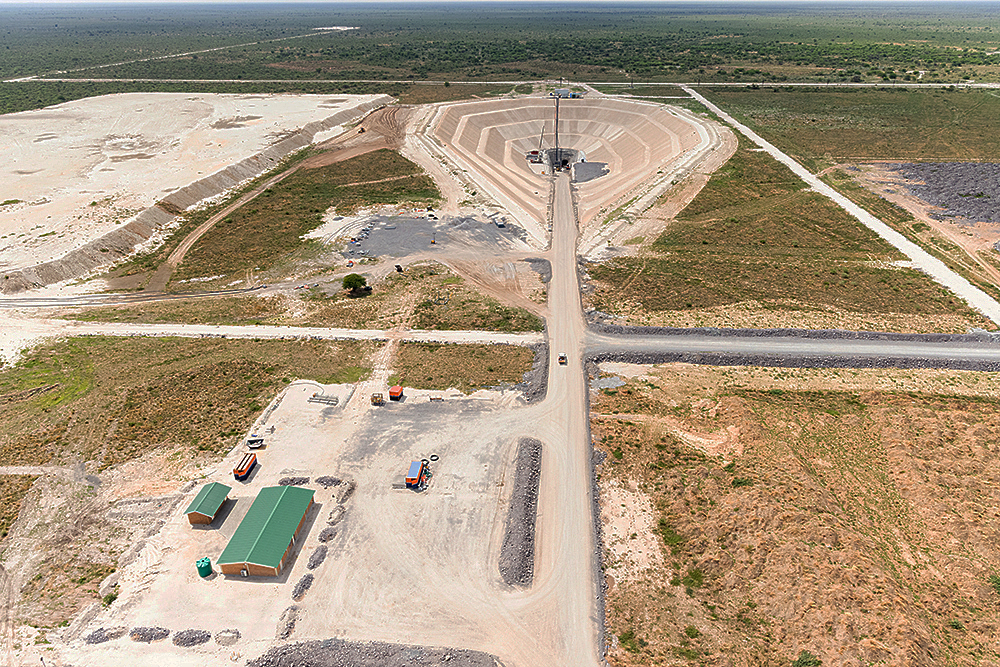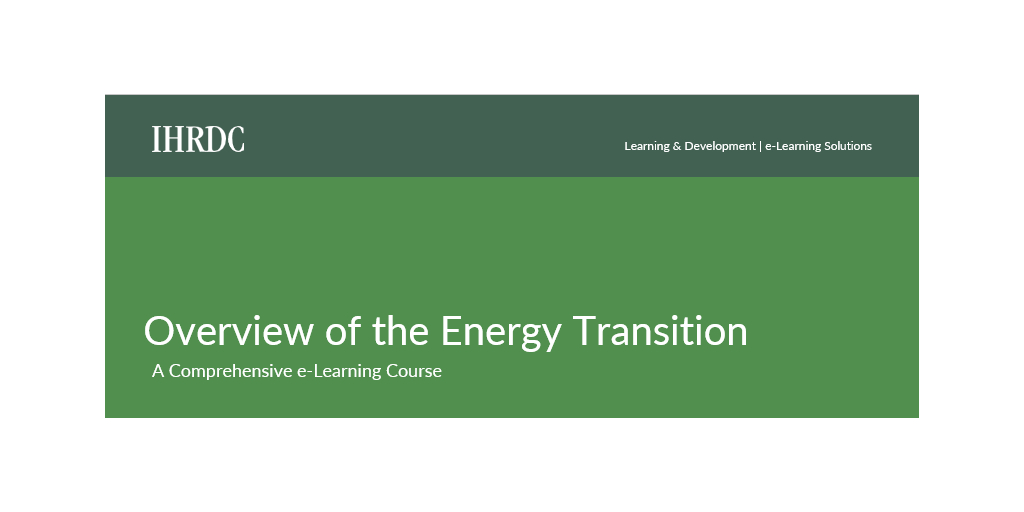Sign up for daily news updates from CleanTechnica on email. Or follow us on Google News!
Carbon offsets are credits that you purchase in order to balance out your emissions. You fund a project that will remove or store that same amount of carbon dioxide you emitted but in a different place. Your credit purchase means you “retire” the emissions to a carbon sink such as land restoration or the planting of trees.
Here’s how it might work for you. You fly from Boston to LA, releasing over 1,000 pounds of carbon dioxide into the atmosphere, and you purchase an offset to reconcile the emissions your travel generated.
A carbon offset broadly refers to a reduction in greenhouse gas (GHG) emissions or an increase in carbon storage that is used to compensate for emissions that occur elsewhere. Because GHGs mix globally in the atmosphere, it does not matter where exactly they are reduced. That means you or an organization can stop an emission-causing activity, or you or the organization can support an equivalent emission-reducing activity somewhere else in the world.
The concept works through a credit that is a transferable instrument certified by governments or independent certification bodies. The credit represents an emission reduction of one metric ton of CO2 or an equivalent amount of other GHGs. The key concept is that offset credits are used to convey a net climate benefit from one entity to another.
One Tree Planted is a site that offers carbon offsets from US-based third-party projects, certified by the Climate Action Reserve. These credits derive from projects focused on forest preservation and sustainable forest management; they prevent forest conversion for agricultural purposes. One Tree Planted affirms that the projects extend far beyond reducing and sequestering carbon to providing multi-generational co-benefits for nature, people, and biodiversity. They say their nature-based solutions are third-party validated and verified carbon offsets that protect habitats and local communities, support reforestation for years to come, and combat global warming through carbon emission reduction.
Increased Emphasis on Corporations to Join the Carbon Reduction Market
The US is concerned about high-integrity voluntary carbon credit markets (VCMs), as well as carbon credit markets more broadly. Companies and individuals spent $1.7 billion last year voluntarily buying carbon offsets. For the program to continue, stakeholders must be certain that one credit truly represents one ton of carbon dioxide (or its equivalent) reduced or removed from the atmosphere, beyond what would have otherwise occurred.
To help advance emission outcomes, the US government is stepping up its role in carbon credit markets. With the White House release last week of its “Voluntary Carbon Markets Joint Policy Statement and Principles,” there is a renewed push for corporate responsibility, transparency, and integrity in the carbon reduction market.
The Joint Statement document acknowledges that researchers, journalists, and other observers have found that several popular crediting methodologies and activities that rely on carbon offsets have not produced the decarbonization outcomes they claim. Important questions have emerged about how to ensure that VCMs genuinely drive additional decarbonization action — rather than reward what would have happened anyway. The project must be sustained over time and not merely shift emissions elsewhere. In addition, barriers to market participation should not inhibit market efficiency and opportunity.
Major carbon offset programs have responded to at least some of the concerns. These responses include amending quantification methodologies to prevent over-estimation of GHG reductions, as well as reconsidering the eligibility of certain project types. In essence, a project’s results must be verifiable, immediate, and durable. Plus, they must not have happened independent of the funding from the offset.
The Joint Statement calls for:
- quantifiable and verifiable carbon credits;
- collaborative efforts between corporate buyers and suppliers; and,
- public disclosure of credit usage.
“Federal efforts have and will continue to make vital contributions to the integrity and functioning of VCMs by supporting critical market infrastructure and advancing responsible market practices,” the Joint Statement explains.
The US government also continues to support investments in robust enabling environments for projects and programs generating credits through high-integrity approaches, including in developing countries. One example of revising carbon offsets is how regulators have incorporated carbon credit disclosure standards into securities regulation and proposed guidance aimed at safeguarding the integrity of voluntary carbon credit derivatives and associated trading platforms, including by promoting the use of high-integrity credits. Another instance if how land management agencies are making significant investments in improved soils, grassland, and forest data at home and abroad that will reduce measurement uncertainty and support the integrity of VCMs.
The new federal guidelines also urge businesses to focus first on reducing emissions within their own supply chains as much as possible before buying carbon offsets.
Should Organizations Give Carbon Offsets a Try?
The Science-based Targets initiative (SBTi), a UN-backed nonprofit that audits the emission reduction plans of companies, had seriously considered giving the nod to carbon offsets. But that was before its research on their use was finalized. Since then, the SBTi’s board of trustees has issued a clarification to state it had not yet changed its policy and that any decisions would be “informed by the evidence.” As Reuters reported, the findings are subject to further analysis and review, including from the Scientific Advisory Group, a panel comprising climate scientists from around the world. If upheld, they would represent a major obstacle to SBTi’s board of trustees adopting carbon offsets as part of companies’ emission reduction plans.
Research by Ecosystem Marketplace, a nonprofit initiative that collects data about the carbon market from brokers and traders, found the carbon offsets market had shrunk 61%. It attributed the contraction to a flurry of scientific studies and media reports that concluded millions of offsets were “worthless,” with some projects linked to human rights concerns.
US Treasury Secretary Janet Yellen commented that companies should be prioritizing cuts to emissions, but the Biden administration still wants carbon credits “to succeed.”
“Offsetting is a misnomer,” Barbara Haya, director of the Berkeley Carbon Trading Project at the University of California, Berkeley, told the New York Times. “It creates a fiction that you can fly and emit greenhouse gasses and just pay for these cheap credits and it erases your impact.” Lauren Gifford, associate director of the Soil Carbon Solutions Center at Colorado State University, added a reminder about the importance of voting and telling your representatives that solving climate crisis is high on your list of important topics.
Carbon offsets are “basically a permit to pay to pollute,” Gifford described. “And what we need to do is not pollute.”
Have a tip for CleanTechnica? Want to advertise? Want to suggest a guest for our CleanTech Talk podcast? Contact us here.
Latest CleanTechnica.TV Videos
CleanTechnica uses affiliate links. See our policy here.





